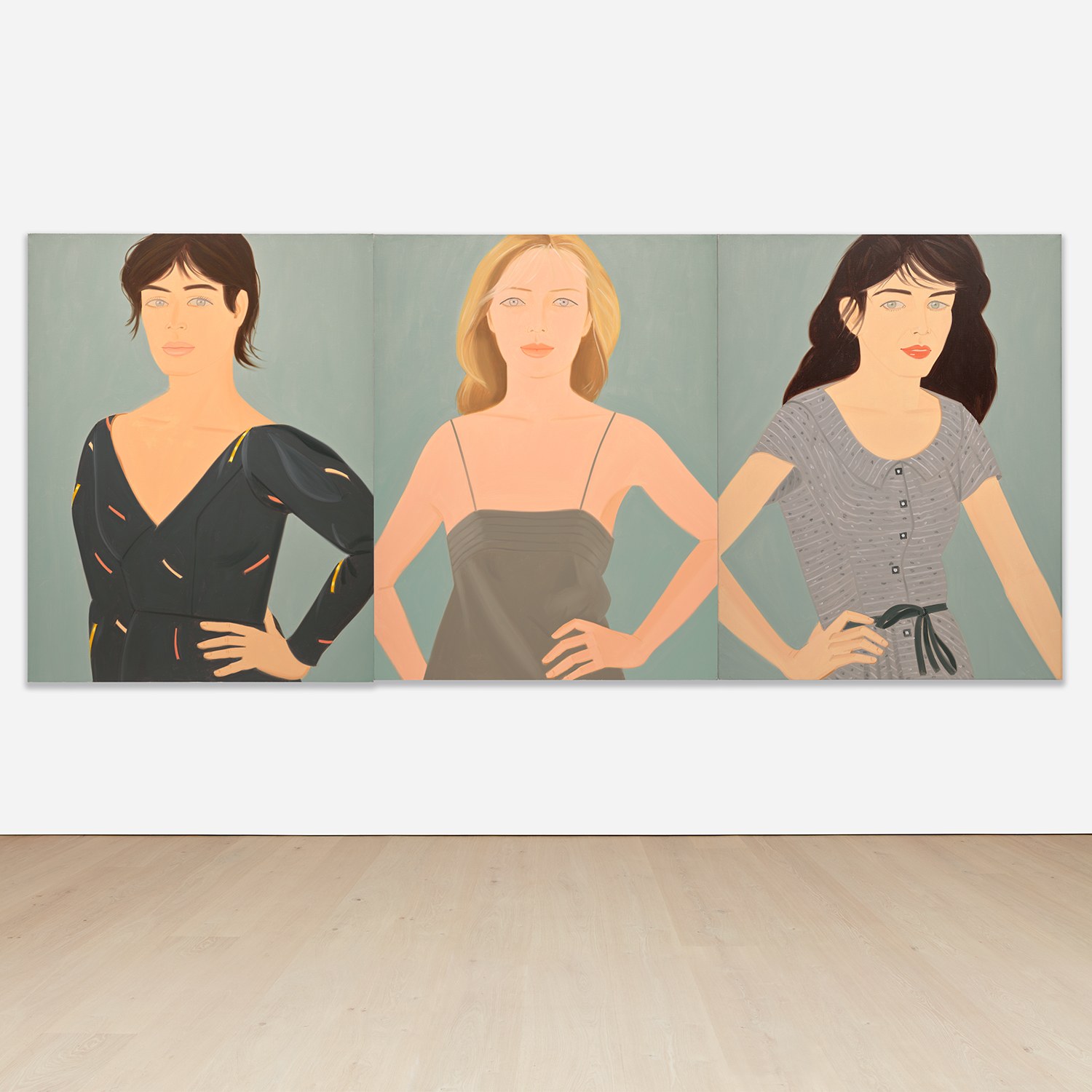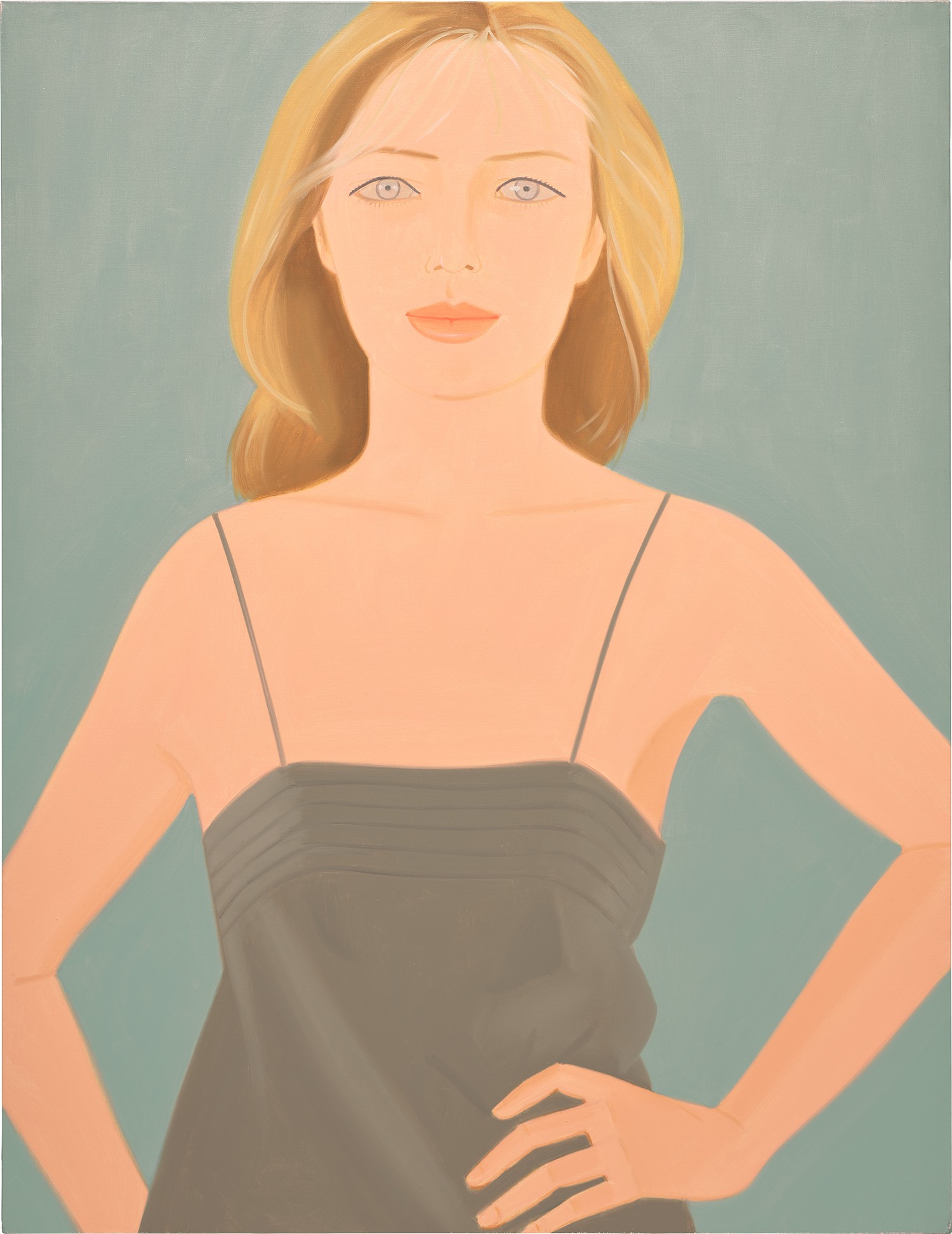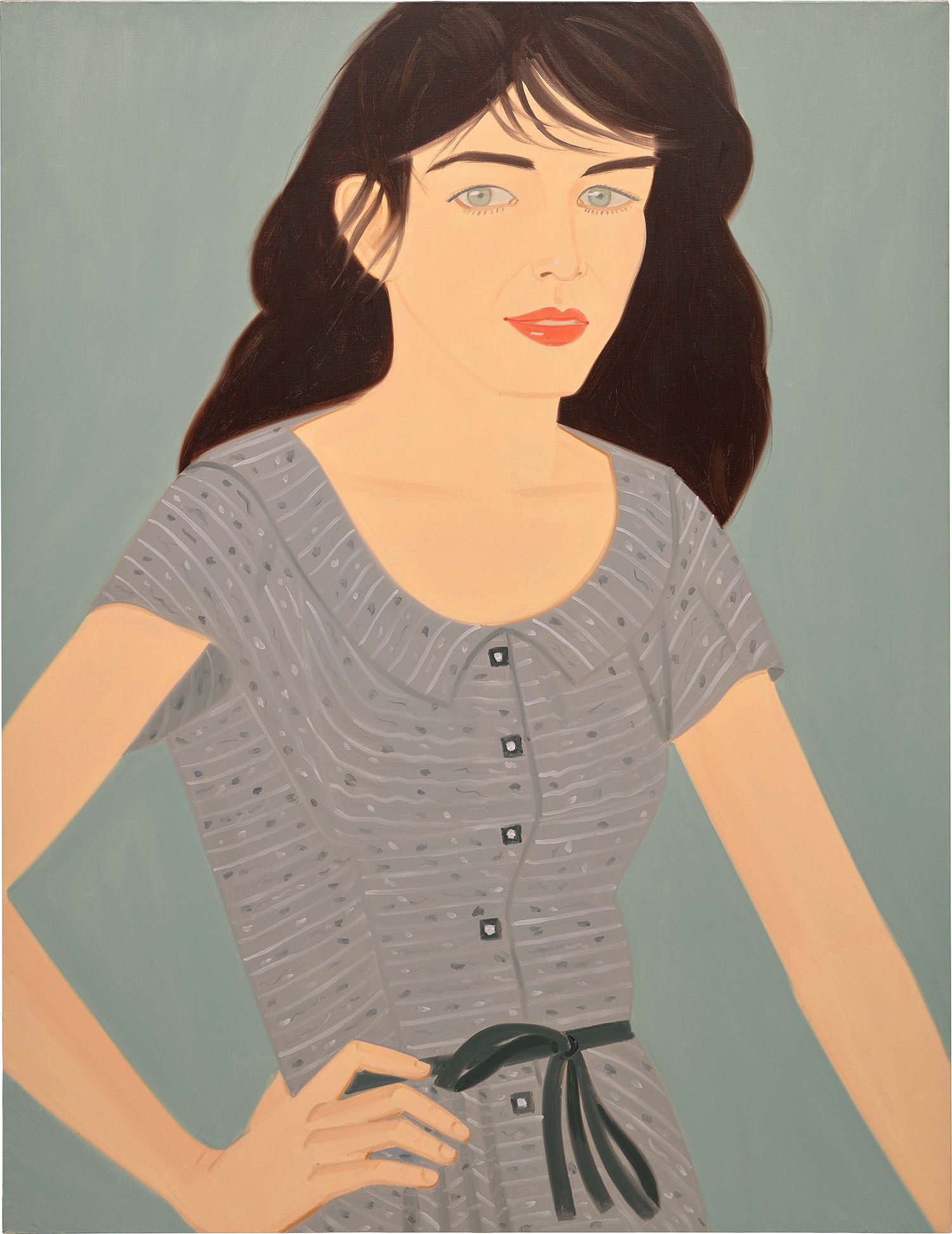









Property from a Private New York Collection
20
Alex Katz
The Grey Dress
oil on canvas, triptych
each 78 x 60 1/8 in. (198.1 x 152.4 cm)
overall 78 x 180 3/8 in. (198.1 x 458.2 cm)
overall 78 x 180 3/8 in. (198.1 x 458.2 cm)
Painted in 1982.